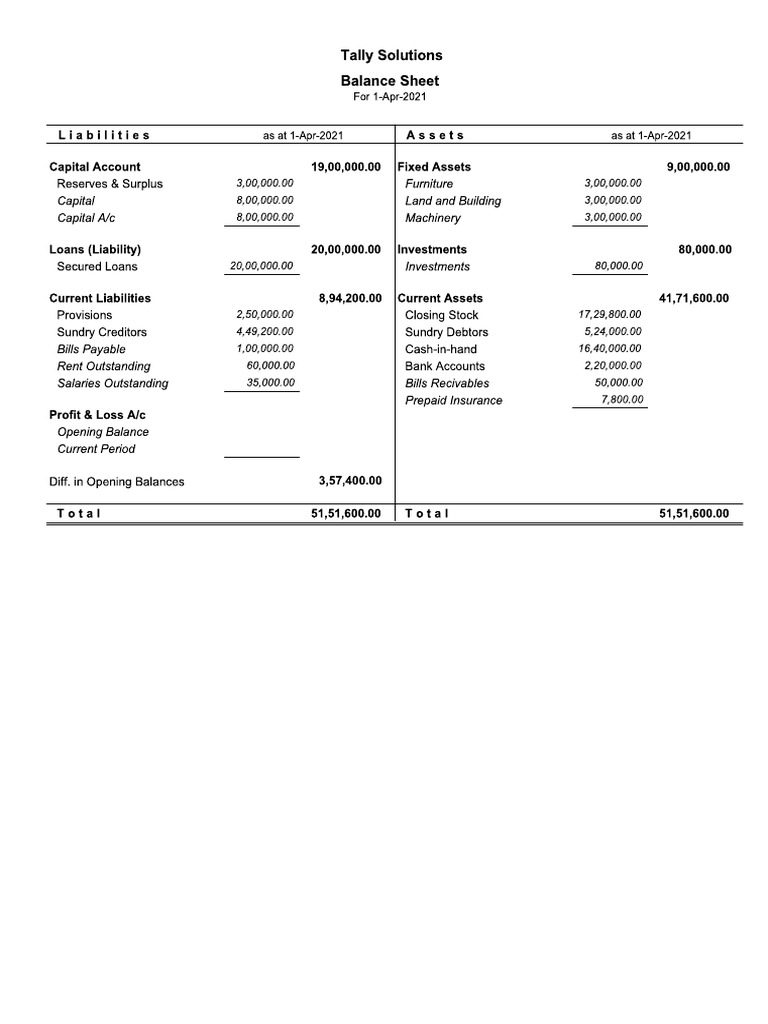HIPAA Compliance Documents Every Dental Office Needs
Ensuring your dental practice is HIPAA compliant is not just a matter of legal obligation; it's crucial for protecting patient privacy and maintaining trust in your practice. HIPAA, or the Health Insurance Portability and Accountability Act, sets national standards to safeguard medical records and other personal health information. This post delves into the essential HIPAA compliance documents that every dental office needs, providing a comprehensive guide to navigating the complex landscape of privacy and security rules.
Understanding HIPAA Compliance
Before we dive into the documents, it's important to understand why HIPAA compliance matters. HIPAA was enacted to ensure the security, privacy, and electronic transmission of health information. Compliance with HIPAA requires:
- Protection of Patient Information: Ensuring all patient information is secured from unauthorized access or breaches.
- Secure Transactions: Adhering to standards for electronic health transactions like claims, referrals, and authorizations.
- Patient Rights: Granting patients access to their health information and respecting their rights under the act.
Key HIPAA Compliance Documents
Privacy Policy and Notice of Privacy Practices
The cornerstone of HIPAA compliance is the Privacy Policy and Notice of Privacy Practices (NPP). This document:
- Outlines how protected health information (PHI) is used, disclosed, and managed.
- Must be provided to each patient at the first encounter and upon request.
- Describes the patient’s rights, including obtaining copies of their records, amending errors, and receiving an accounting of disclosures.
- Needs to be posted in a clear and prominent location where patients can easily see it.
⚠️ Note: The NPP must be updated whenever there are material changes to your privacy practices.
Risk Analysis and Management
A Risk Analysis is essential for:
- Identifying potential risks to the confidentiality, integrity, and availability of electronic protected health information (ePHI).
- Implementing security measures to mitigate these risks.
Here’s a basic framework for a risk analysis:
| Step | Action |
|---|---|
| 1 | Inventory of all systems and applications where PHI is stored, used, or transmitted. |
| 2 | Identify threats and vulnerabilities associated with each. |
| 3 | Assess current security measures. |
| 4 | Determine the likelihood and impact of potential risks. |
| 5 | Implement risk management measures. |
Business Associate Agreements
If your dental office contracts with any third party to handle PHI (like IT support, billing services, etc.), you must have:
- A Business Associate Agreement (BAA) in place.
- These agreements ensure that your business associates adhere to the same standards of privacy and security as your practice.
- They outline the specific uses and disclosures allowed and what happens in the event of a data breach.
🚫 Note: Always review and update these agreements to reflect changes in regulations or business operations.
Data Backup and Recovery Plan
In the event of a data breach or system failure, having a robust backup and recovery plan is vital:
- Regular backups of all PHI.
- Secure storage of backups, preferably off-site or cloud-based with encryption.
- Regular testing to ensure data can be restored when needed.
- Procedures for notifying affected parties in case of a breach.
Breach Notification Plan
In case of a data breach, a well-structured plan helps ensure:
- Immediate containment to prevent further data loss.
- Assessment of what information has been compromised.
- Notifications to individuals, the media, and the Department of Health and Human Services (HHS) when necessary.
- Documentation and preservation of evidence for investigation.
📢 Note: The breach notification must be made without unreasonable delay and in no case later than 60 days after discovery of the breach.
Implementation and Training
Having the documents is one thing; implementing them effectively is another:
- Employee Training: Regular training sessions to ensure all staff understand and adhere to HIPAA requirements.
- Regular Audits: Performing internal audits or hiring external auditors to review compliance regularly.
- Physical Safeguards: Implementing measures like secure shredding, locked filing cabinets, and badge access to sensitive areas.
Summing up, HIPAA compliance in a dental office involves a range of documentation and ongoing practices. From privacy policies to breach notification procedures, each document plays a critical role in protecting patient information. By meticulously managing these documents and ensuring staff are well-trained and aware, your dental office can not only meet HIPAA requirements but also build a reputation for reliability and patient confidentiality. Remember, compliance is an ongoing process, requiring vigilance, updates to policies, and continuous education to keep up with evolving standards and technology.
What should I do if my office experiences a data breach?
+Immediate containment, assessment of compromised data, notification to affected individuals, media, and HHS, and documentation for investigation are crucial steps in responding to a data breach.
How often should HIPAA compliance documents be reviewed?
+HIPAA compliance documents should be reviewed annually or when there are significant changes in operations, regulations, or technology affecting PHI.
Do all my staff members need HIPAA training?
+Yes, all employees, from dental hygienists to administrative staff, who have any access to PHI should receive regular HIPAA training.



